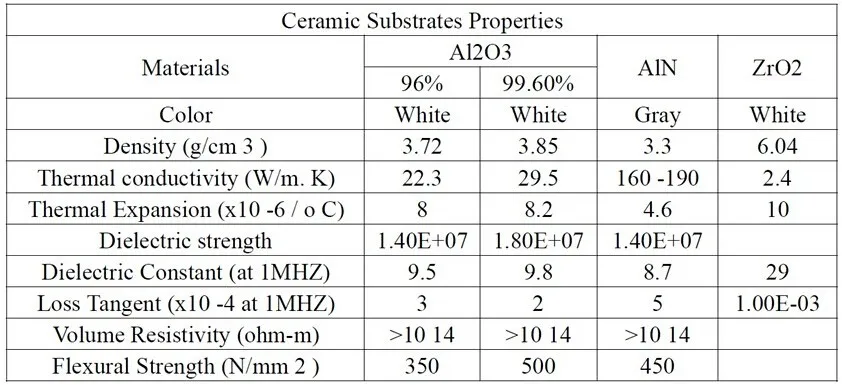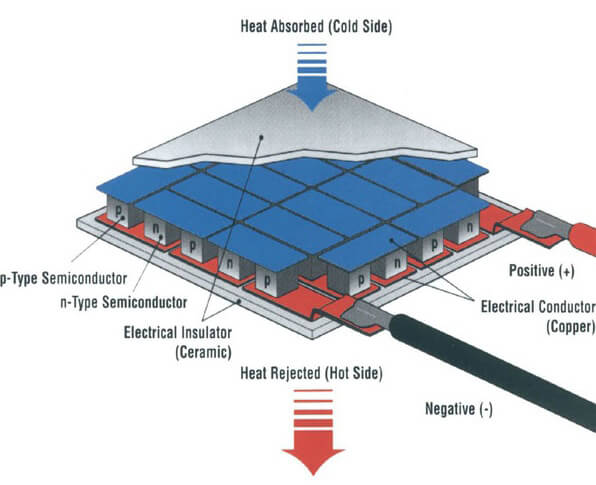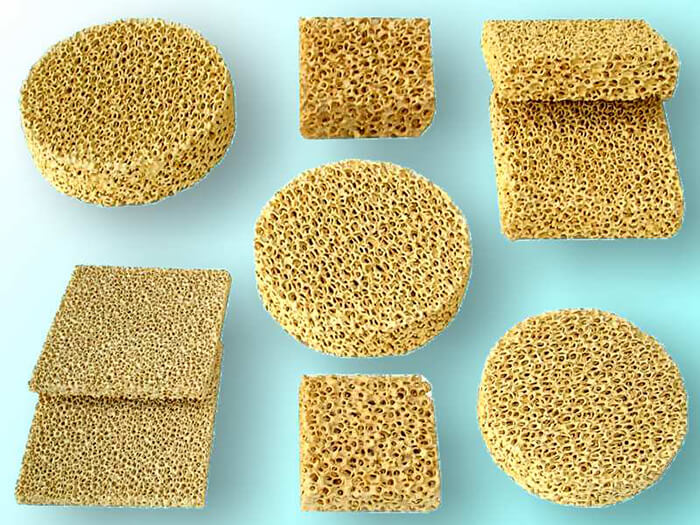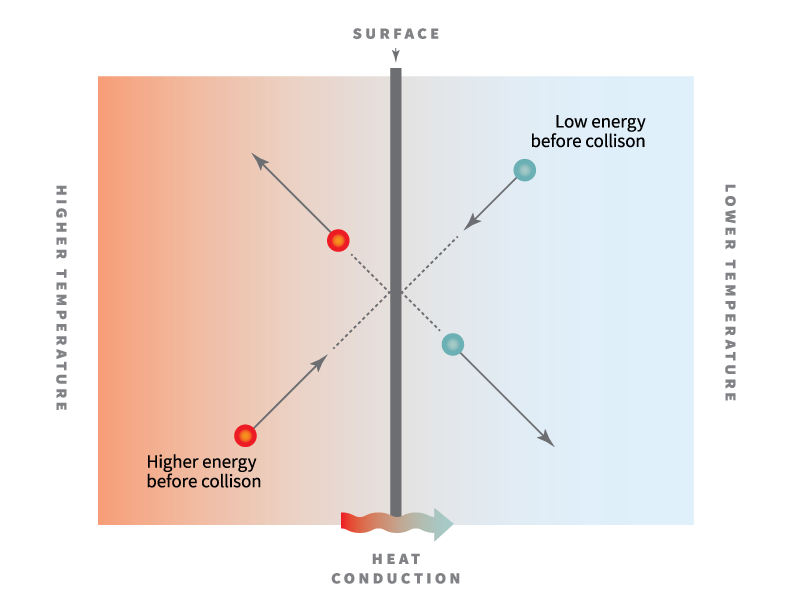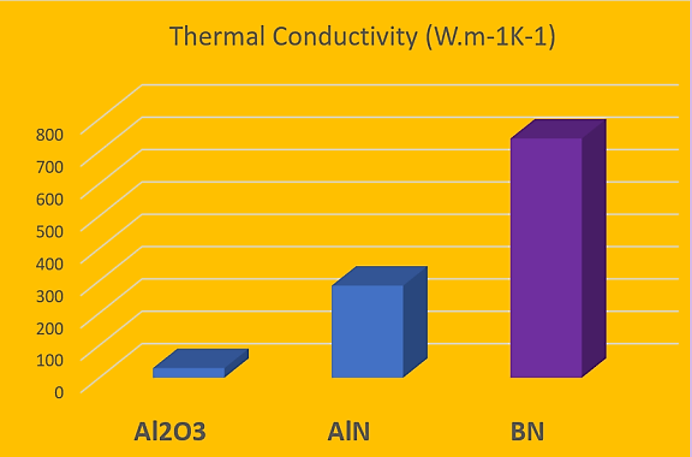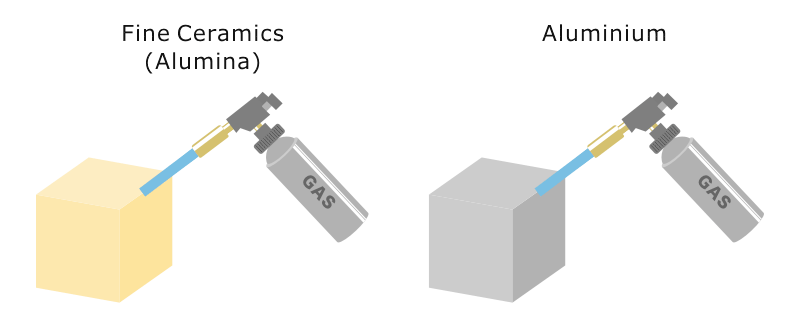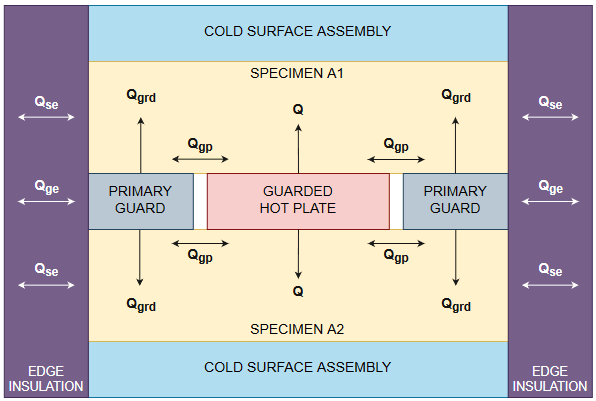Alumina heat sink ceramic insulators are widely used in electrical and electrical fields that require heat conduction heat dissipation insulation high temperature resistance and high voltage breakdown.
Ceramic plate thermal conductivity.
Denka an plate is a high thermal conductivity ceramic substrate based on aluminum nitride having thermal conductivity several times greater than that of alumina.
The thermal conductivity of ceramic materials plays an important role in its application.
Our product is available in various grades mainly as ceramic circuit substrates for power modules requiring high thermal conductivity and electric strength including a standard type 150 w mk and a high thermal conductivity type.
Thermal conductivity of ceramic measurement results the thermal conductivity and thermal resistivity values measured by the tls 100 are listed in table 1.
The product is available in various grades mainly as ceramic circuit substrates for power modules requiring high thermal conductivity and electric strength including a standard type.
Silicon carbide sheets plate good thermal conductivity high strength and wear resistance ceramic sheet silicon carbide sheets silicon carbide has properties remarkably similar to those of diamond it is one of the lightest hardest and strongest technical ceramic materials and has exceptional thermal conductivity resistance to acids and low thermal expansion.
Looking at the values quoted in various handbooks papers and data sheets two things are observed.
1 2 five thermal properties specific heat capacity thermal conductivity thermal diffusivity thermal expansion and emittance emissivity are presented in terms of their definitions and general test methods.
Denka an plate boasts thermal conductivity characteristics seven times greater than that of traditional alumina.
Low thermal conductivity great thermal shock.
Heat sink ceramic insulator description.
Ultra high temperature ceramics uhtcs are a class of refractory ceramics that offer excellent stability at temperatures exceeding 2000 c being investigated as possible thermal protection system tps materials coatings for materials subjected to high temperatures and bulk materials for heating elements.
In a certain range increasing the thermal conductivity of ceramic materials by specific methods will improve its ability of heat conduction heat convection and heat radiation so as to further expand its application field.
The relationship between thermal properties and the composition microstructure and processing of advanced ceramics monolithic and composite is briefly outlined providing guidance.
The problem with the thermal conductivity of ceramics is the dependence on the composition grain size and manufacturing process which make it rather difficult to obtain a reliable value from literature only.
The heat conduction coefficient is high and the stability is good.




